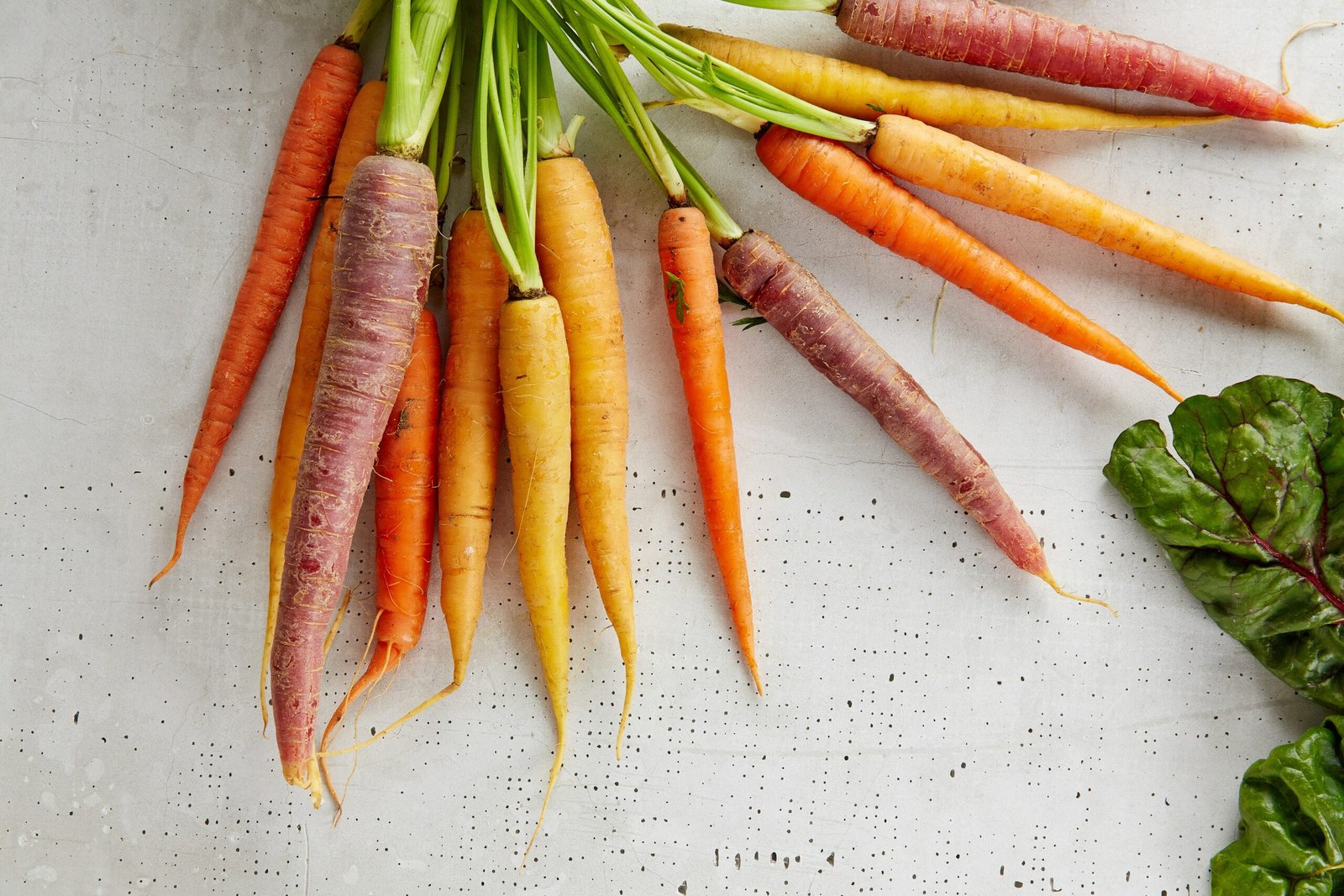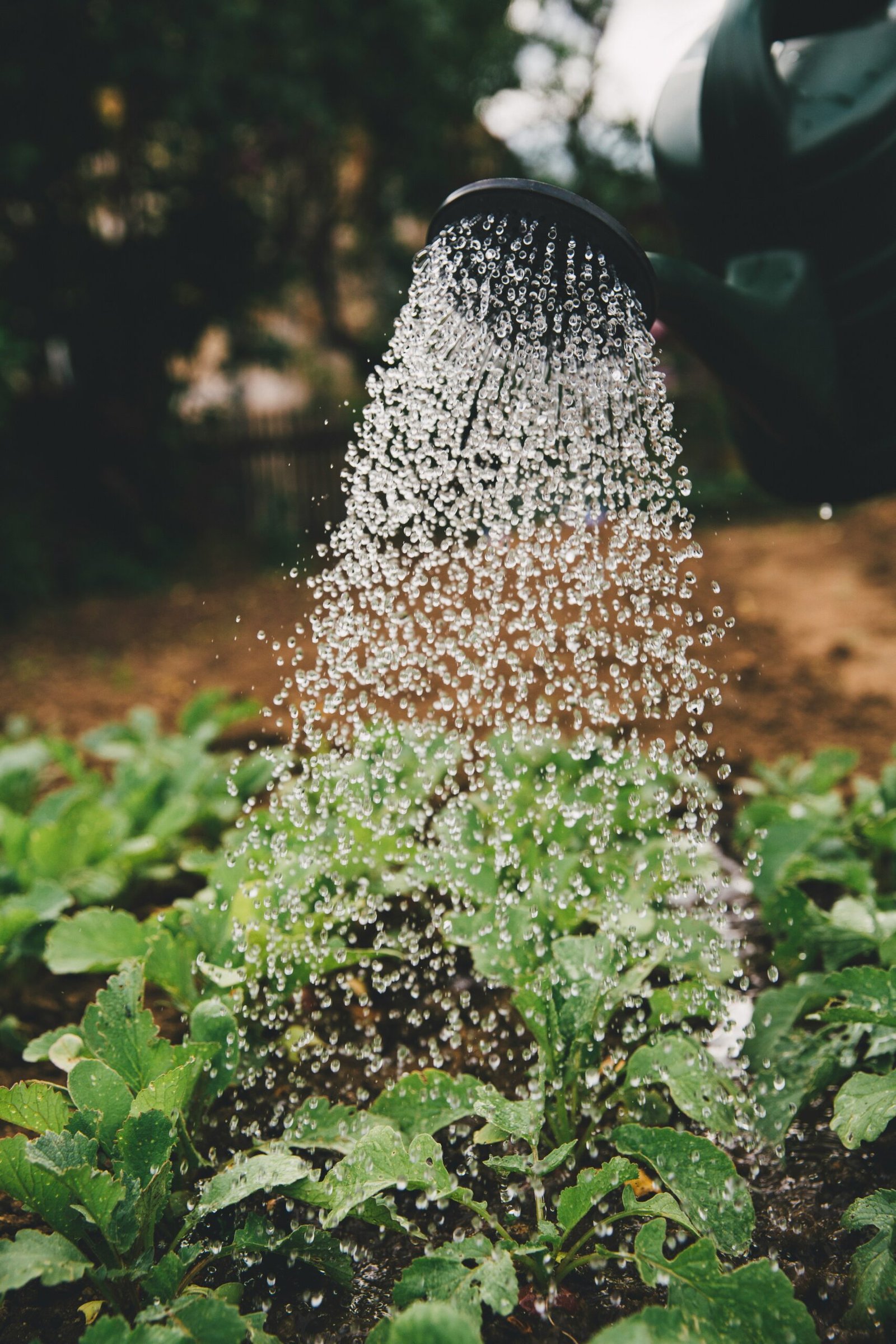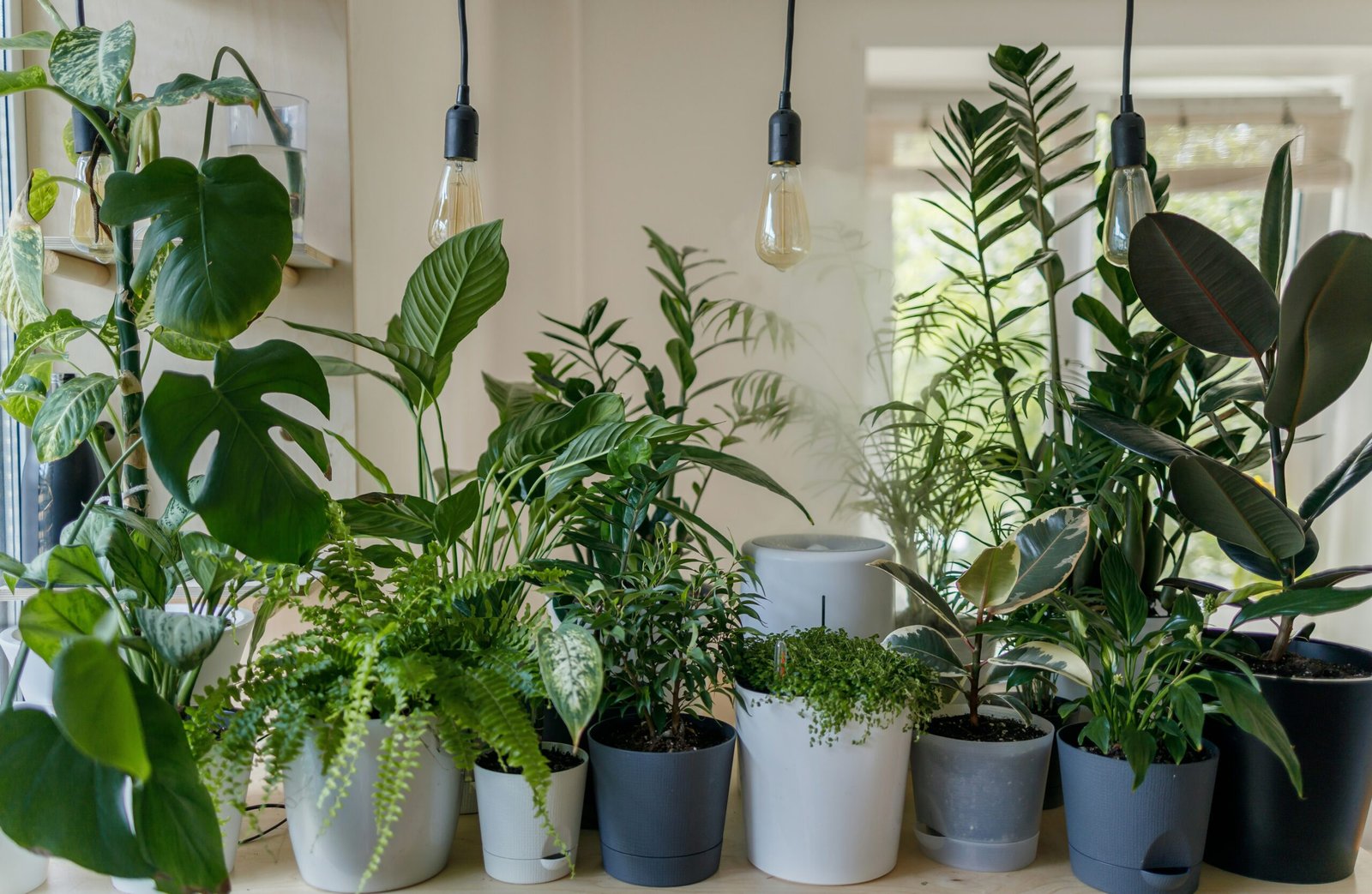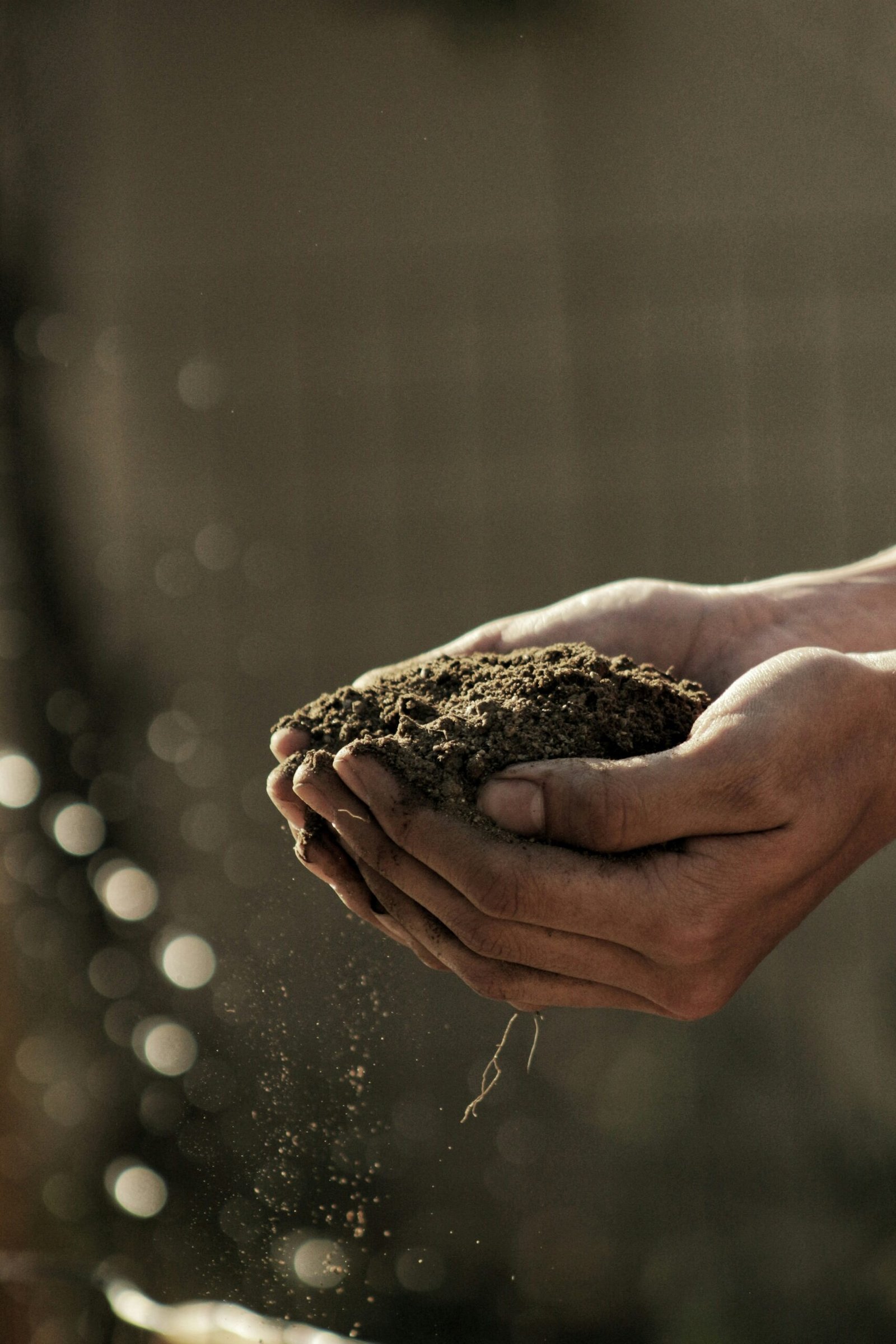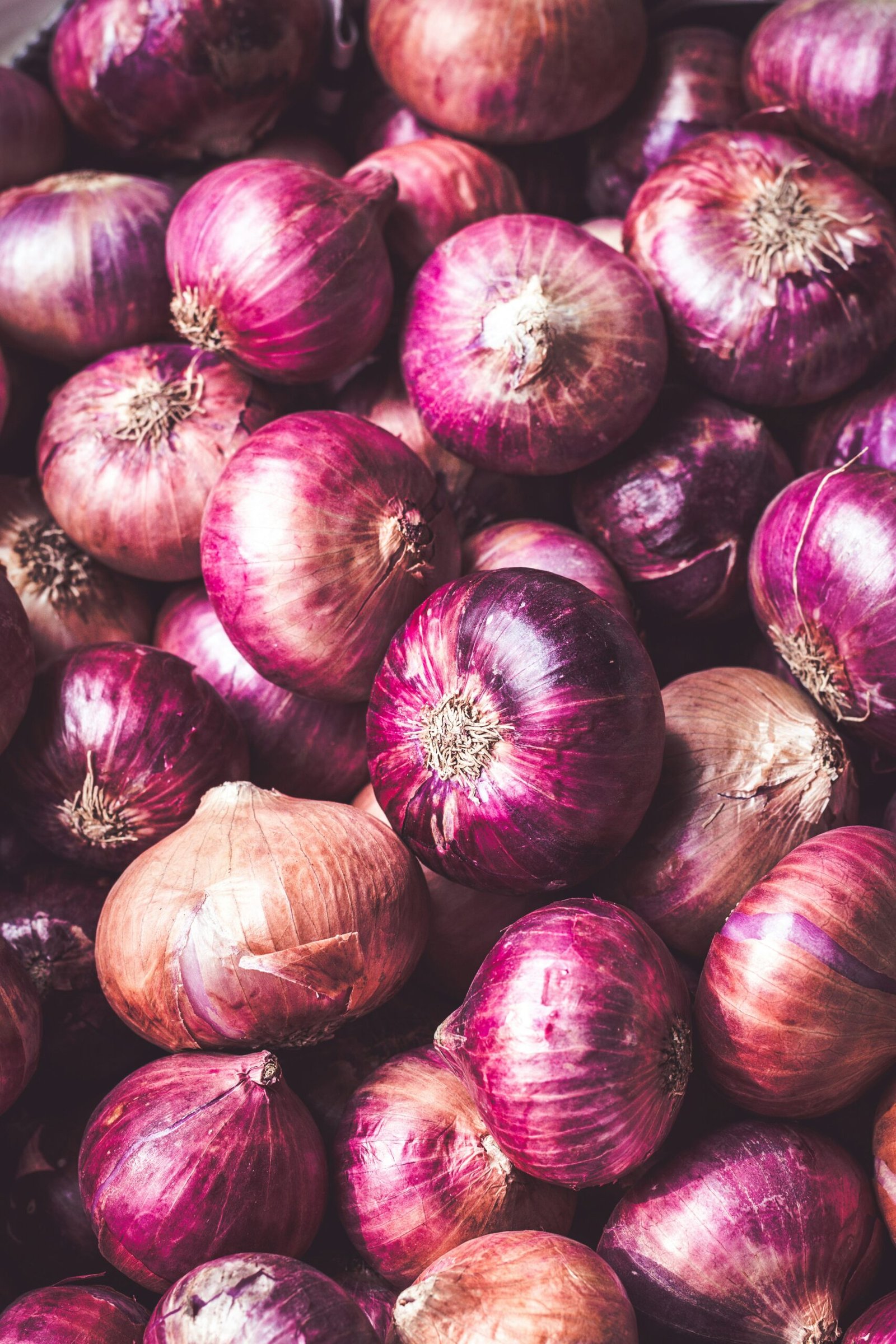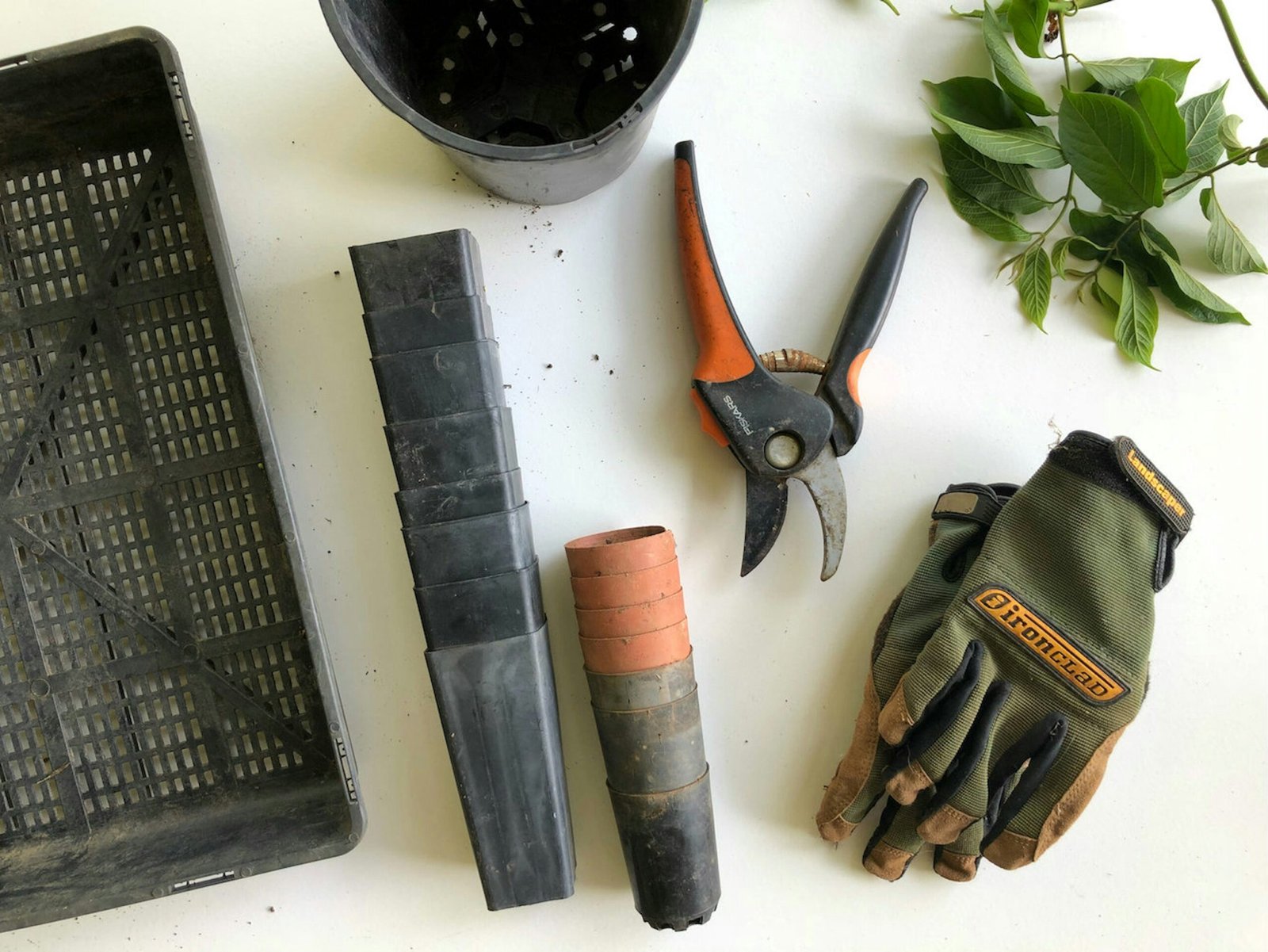How to Grow Carrots: Tips, Tricks, and Best Practices
Carrots are a versatile and nutritious vegetable that can be grown in various climates and garden setups. Whether you have a spacious backyard or limited space on your balcony, you can enjoy the satisfaction of harvesting your own homegrown carrots. In this blog post on how to grow carrots, we will explore the step-by-step process of planting carrots, discuss the ideal soil and weather conditions, highlight the best plant zones, suggest companion plants, and address common questions about growing carrots in containers and from scraps.
1. Planting Carrots: A Step-by-Step Guide for how to grow carrots
Before diving into the details, it’s important to understand the basic steps involved in planting carrots. Follow these guidelines to ensure a successful carrot garden:
- Prepare the soil: Carrots thrive in loose, well-draining soil. Remove any rocks, debris, or clumps that may obstruct their growth.
- Sow the seeds: Carrot seeds are small, so it’s important to distribute them evenly. Plant them approximately half an inch deep and space them about two inches apart.
- Water regularly: Keep the soil consistently moist, but avoid overwatering, as it can lead to rotting. Be patient, as carrot seeds can take up to two weeks to germinate.
- Thin out the seedlings: Once the seedlings have grown a few inches tall, thin them out to ensure proper spacing. Aim for a spacing of one to three inches between each carrot plant.
- Provide adequate sunlight: Carrots require at least six hours of direct sunlight each day. Choose a sunny spot in your garden or balcony to maximize their growth potential.
- Maintain moisture: Regularly water your carrot plants, especially during dry spells. Consistent moisture is key to preventing the roots from becoming tough or woody.
- Harvest with care: Carrots are typically ready for harvest within 60 to 80 days, depending on the variety. Gently loosen the soil around the base of the carrot and pull it out, taking care not to damage the root.
2. Soil and Weather Conditions
Carrots prefer loose, sandy soil that is rich in organic matter. Avoid heavy clay soils, as they can cause misshapen or stunted carrots. If your soil is clay-based, consider amending it with compost or sand to improve its texture and drainage.
When it comes to weather, carrots are cool-season vegetables that thrive in temperatures between 60°F and 75°F (15°C and 24°C). They can tolerate light frosts, making them suitable for early spring and fall plantings in many regions. However, extreme heat can cause the roots to become bitter and fibrous. To mitigate this, provide shade or use mulch to keep the soil cool during hot summer months.
3. Best Plant Zones for Carrots
Carrots can be grown in a wide range of plant zones, but they tend to perform best in zones 3 to 10. However, with proper care and attention, gardeners in other zones can also successfully grow carrots.
It’s important to note that the timing of planting may vary depending on your specific plant zone. Consult your local gardening resources or extension office for the recommended planting dates in your area.
4. Companion Plants for Carrots
Companion planting is a gardening technique that involves planting compatible plants together to enhance growth, deter pests, and improve overall garden health. Consider planting these companion plants alongside your carrots:
- Onions: Onions help repel carrot flies, a common pest that can damage carrot crops.
- Lettuce: Lettuce provides shade to the soil, keeping it cool and preventing the carrots from becoming bitter.
- Radishes: Radishes help break up the soil, making it easier for carrots to grow straight and long.
- Chives: Chives deter aphids, which can be harmful to carrots.
5. Planting in the Ground or Containers?
Carrots can be successfully grown both in the ground and in containers, depending on your available space and preferences.
If you have a traditional garden bed, ensure that the soil is loose and well-draining. Raised beds or deep containers are also suitable options, as they provide ample depth for the carrot roots to grow.
If you opt for container gardening, choose a pot that is at least 12 inches deep to accommodate the long taproots of the carrots. Fill the container with a well-draining potting mix, and ensure that it receives sufficient sunlight throughout the day.
6. Growing Carrots from Scraps
While it’s not possible to grow carrots from scraps like some other vegetables, you can still enjoy the process of regrowing carrot greens from the carrot tops. Simply cut off the carrot greens, leaving a small portion of the top intact, and place them in a shallow dish filled with water. Within a few days, you’ll notice new greens sprouting from the tops. Although you won’t be able to harvest new carrots from these greens, they can be used as flavorful garnishes or added to salads.
Remember, growing carrots from seeds is the most reliable and rewarding method for producing a bountiful harvest of delicious carrots.
Now that you have a comprehensive understanding of how to grow carrots, it’s time to roll up your sleeves and start planting. With a little patience and care, you’ll soon be enjoying the crisp and sweet taste of homegrown carrots straight from your garden or containers.
